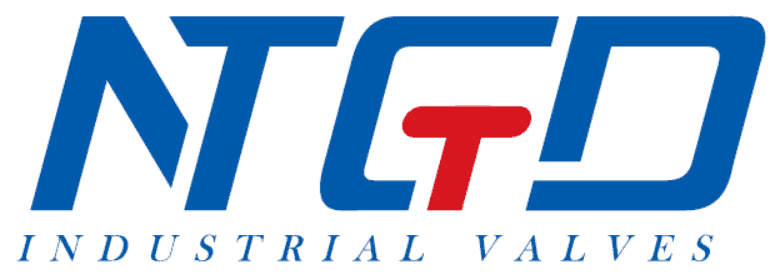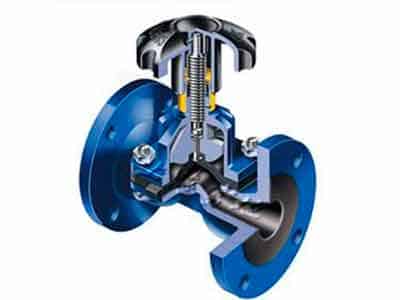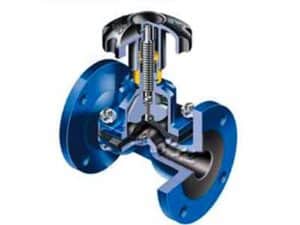Diaphragm valve body type selection
The selection of valve body is the most important link in the selection of diaphragm valve. There are many kinds of diaphragm valve body, commonly used are straight single seat, straight double seat, angle shape, diaphragm, small flow, tee, eccentric rotation, butterfly, sleeve type, spherical and so on. Before selecting the valve, the medium, process conditions and parameters of the control process should be analyzed carefully. Collect enough data to understand the system requirements for diaphragm valves and determine the type of valve to be used according to the data collected. In the specific selection, the following aspects can be considered:
- The shape and structure of valve core are mainly considered according to the flow characteristics and unbalanced force.
- Wear resistance when the fluid medium is a suspension containing high concentration of wear particles, the valve core and seat joint face will be severely rubbed every time they close. Therefore, the flow path of the valve shall be smooth and the internal material of the valve shall be hard.
- If the medium is corrosive, the simple valve with simple structure shall be selected as far as possible when the regulating function can be satisfied.
- When the temperature and pressure of medium are high and the change is large, the valve with small temperature and pressure change shall be selected for the valve core and valve seat.
- Prevent flash and cavitation from being produced only in liquid medium. In the actual production process, flash and cavitation not only affect the calculation of flow coefficient, but also form vibration and noise, which shortens the service life of the valve. Therefore, the valve should be prevented from flashing and cavitation when selecting the valve.
No matter what type of actuator, its output force is used to overcome the effective load (mainly refers to the unbalanced force and unbalanced moment plus friction force, sealing force, gravity and other related forces). Therefore, in order to make diaphragm pump work normally, the actuator equipped with should produce enough output force to overcome various resistance, ensure high sealing and valve opening. For double acting pneumatic, hydraulic and electric actuators, there is generally no return spring. The magnitude of the force has nothing to do with its running direction. Therefore, the key to select the actuator is to find out the maximum output force and the rotation torque of the motor. For single acting pneumatic actuator, the output force is related to the opening of the valve, and the force on the diaphragm valve will also affect the movement characteristics. Therefore, it is required to establish force balance in the opening range of the whole diaphragm valve.
After the output force of the actuator is determined, the corresponding actuator is selected according to the requirements of the process environment. When there is explosion-proof requirement on site, pneumatic actuator shall be selected, and the junction box is explosion-proof type, and electric actuator cannot be selected. If there is no explosion-proof requirement, pneumatic and electric actuators can be selected, but electric actuator should be selected as far as possible in terms of energy saving. For the hydraulic actuator, it is not widely used as pneumatic and electric actuator, but it has the characteristics of high precision, fast and stable operation. Therefore, in order to achieve better regulation effect, the hydraulic actuator must be selected, such as the speed regulation of transparent machine in power plant, temperature regulation control of catalytic device reactor in refinery, etc.
The choice of the operation mode of diaphragm valve
The direct current rubber lined diaphragm valve only works when pneumatic actuator is selected. Its action mode is formed by combination of positive and negative action of actuator and valve. There are four types of combination, namely positive (gas closed), positive and negative (gas open), anyway (gas open type), reverse reaction (gas closed type). The diaphragm valve formed by these four combinations has two types of action modes: air opening and gas closing. For the choice of the action mode of diaphragm valve, the main consideration is as follows: a) process production safety; b) The characteristics of the medium; c) Ensure product quality and minimize economic loss.


